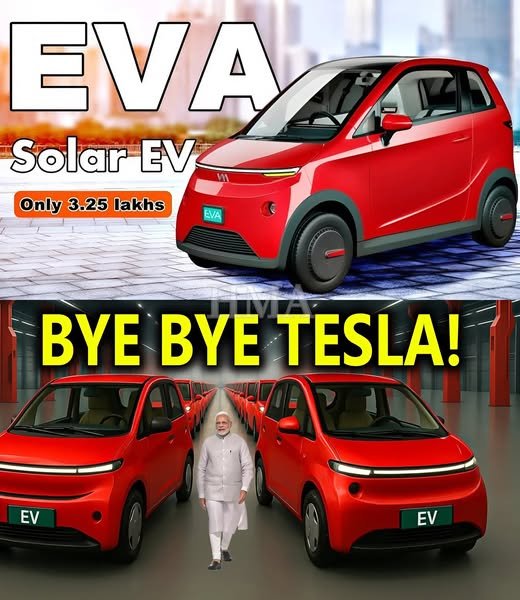In a groundbreaking move that could send shockwaves across the global electric vehicle ( EV) industry, India has unveiled an all-new fully electric car priced at an astonishing $4,999 — a figure that undercuts even the most affordable EVs on the global market.
Launched under the brand Pravaig Atom, this compact, no-frills electric car is the result of a bold collaboration between Indian EV startup Pravaig Dynamics and the government’s “Make in India, Drive the Future” initiative. The initiative aims to bring affordable, sustainable mobility to the masses while positioning India as a global leader in EV innovation.
A Disruptive Price Point
At $4,999 (approximately ₹415,000), the Pravaig Atom is the cheapest fully electric car currently announced worldwide. By comparison, the cheapest EVs in China start at around $9,000, while Western markets rarely see models below $20,000.
“This isn’t just about affordability — it’s about accessibility,” said Siddhartha Bagri, CEO of Pravaig Dynamics, during the unveiling in New Delhi. “We’re making clean mobility a basic right, not a luxury.”
Designed for India, Poised for the World
The car is aimed at India’s burgeoning middle class, fleet operators, and urban dwellers looking for ultra-low running costs. The Indian government has already pledged tax incentives and fast-tracked infrastructure to support a national rollout by early 2026.
What makes the Atom even more intriguing is its potential global appeal. Several developing nations in Africa, Southeast Asia, and Latin America have reportedly expressed interest in bulk imports or local manufacturing licenses.
EV Industry Responds
The news has drawn immediate reaction from major automakers and analysts.
Tesla CEO Elon Musk tweeted, “Price point like that changes everything. Impressive work by India.”
Meanwhile, analysts warn that legacy automakers in the U.S. and Europe may struggle to compete in this ultra-budget segment without compromising brand or quality. Chinese EV brands like Wuling and BYD, who’ve long dominated the affordable EV space, may soon face stiff competition in export markets.
“This is what EV disruption looks like,” said Priya Nair, an auto industry analyst at Frost & Sullivan. “If the Atom delivers even 80% of what’s promised, it could completely upend the bottom tier of the market.”
The Bigger Picture
Beyond the numbers, the Pravaig Atom represents a broader shift — from EVs being aspirational gadgets to becoming essential, everyday tools. With rising fuel prices, worsening urban pollution, and an increasing global emphasis on climate resilience, such innovations may be more than just economically savvy — they could be environmentally essential.
With the EV industry’s focus traditionally skewed toward tech-laden SUVs and sedans, India’s ultra-affordable EV could force a global rethink: Can clean mobility truly be for everyone?
Conclusion
The $4,999 EV from India is more than a budget car — it’s a statement. A challenge to the status quo. A symbol of a new electric era that’s inclusive, bold, and entirely disruptive. As production ramps up and the first units hit the roads, the entire world — from Detroit to Berlin to Shanghai — will be watching.



